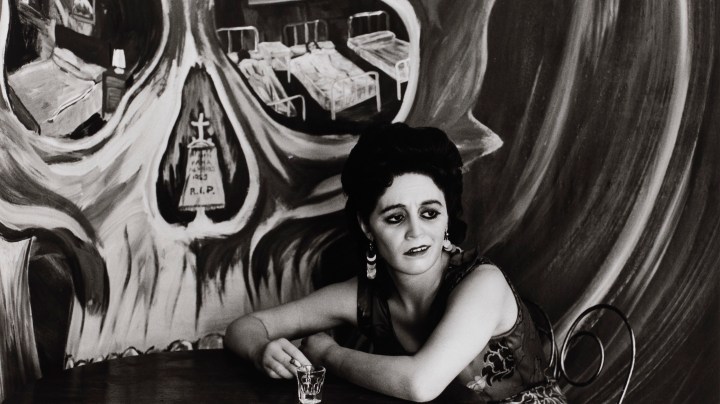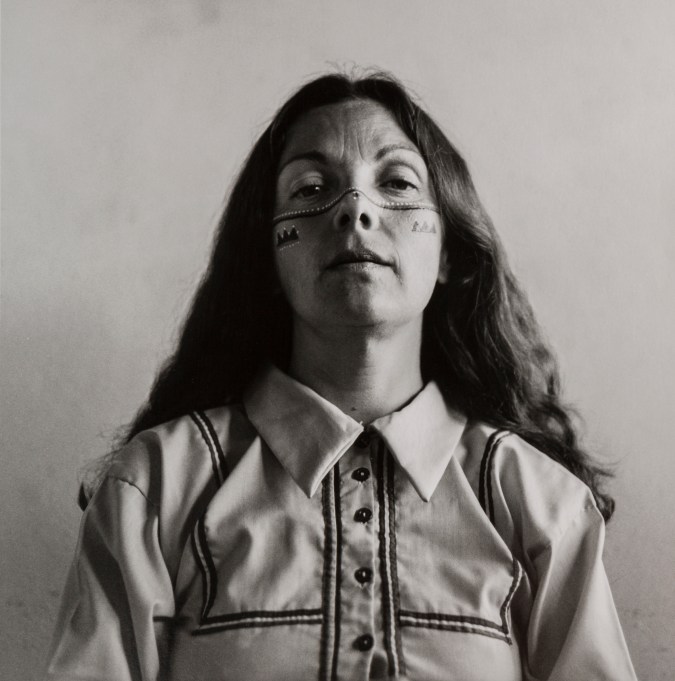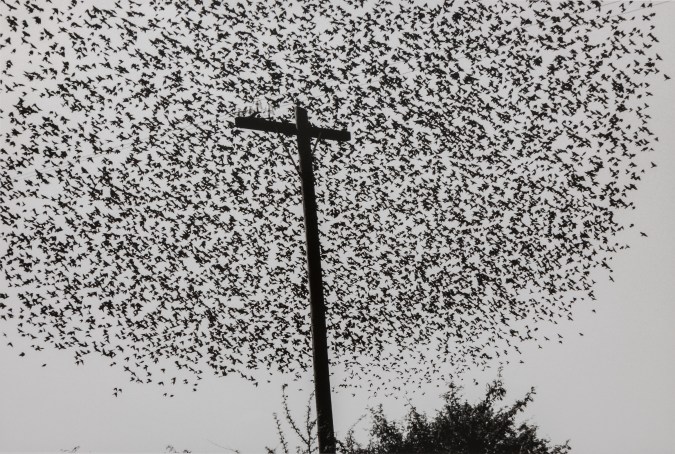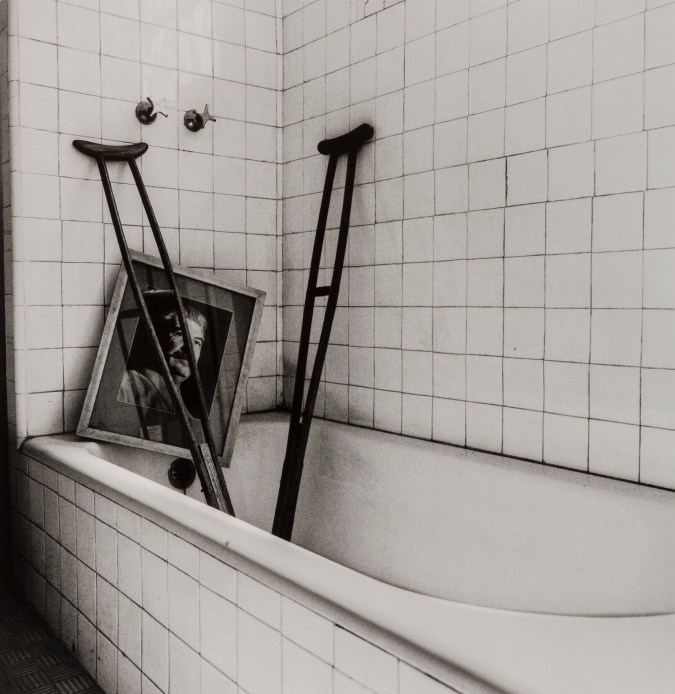Graciela Iturbide’s Bewitching Photographs From Frida Kahlo’s Bathroom & Mexico’s Indigenous Communities Are Now On Display in DC

Graciela Iturbide, Mexico City, 1969–72; Gelatin silver print, 6 ¾ x 10 ¼ in.; Collection of Daniel Greenberg and Susan Steinhauser; © Graciela Iturbide; Courtesy Museum of Fine Arts, Boston
It’s always Women’s History Month at The National Museum of Women in the Arts. This year, the Washington, D.C. institution is temporarily adding a wide-ranging, 140-piece collection from renowned Mexican photographer Graciela Iturbide to its repertoire.
The images in the extensive collection date from 1969 through 2007 and depict various parts of Mexican culture—from the people of Oaxaca’s connection to the region’s native plants to captivating portraits of Indigenous women.
“My eyes see them, and my heart shoots them,” the 77-year-old documentary photographer told CNN.
Her format of choice? Black-and-white gelatin silver prints.

“I prefer black-and-white photography which is more abstract and gives me more satisfaction,” Iturbide said in Spanish on opening week.
The Mexico City-native’s work isn’t necessarily meant to be political, but—like most, if not all, art—is naturally connected to her upbringing and outlook on society.
Iturbide grew up Catholic in 1940s Mexico City. Photography was more of an afterthought than first-choice—a reminder that you don’t need to know what you’re dedicating your entire life to by age 18. At 27, Iturbide studied cinematography at Universidad Nacional Autónoma de México before pivoting to still photography mid-degree. Throughout her career, she’d go on to work with artists like Manuel Álvarez Bravo, Francisco Toledo and more.


“I am a feminist,” Iturbide said. “And as I am, in my photographs, my way of being is revealed. That does not mean that I deliberately do feminist photography. I do what surprises me.”
Her photographs depict her outlook on different layers of her homeland’s culture at large (e.g., death and the ceremonies/fiestas that honor it) and deeply personal struggles at bay (loss of her own).
In Fiestas, Death and Birds, for example, we see Iturbide viscerally process loss after the tragic death of her 6-year-old daughter. Novia Muerte depicts a groom sans his bride, and Pájaros en el poste, Carretera, depicts freedom.


Gelatin silver print, 11 ⅝ x 17 ½ in.; Museum of Fine Arts, Boston; Museum purchase with funds
donated by John and Cynthia Reed, Charles H. Bayley Picture and Painting Fund, Barbara M.
Marshall Fund, Lucy Dalbiac Luard Fund, Horace W. Goldsmith Foundation Fund for Photography,
Francis Welch Fund, and Jane M. Rabb Fund for Film and Photography; © Graciela Iturbide; Courtesy
Museum of Fine Arts, Boston
When it comes to Frida Kahlo, Iturbide connects with the beloved artist in more ways than one. In 2005, Iturbide had the opportunity to depict Kahlo’s pain and artistry from Caza Azul (Blue House, where Kahlo grew up and died). She symbolically placed some of the painter’s personal objects—think things like crutches or a box of opioid medication—in Frida’s bathroom.
Frida’s Bathroom is one of the nine sections on display. Each is a world of its own, depicting Mexico through the eyes of the artist. From the depiction of indigenous societies like that of the Zapotec people in Juchitán to the equally sensitive depictions of Mexico’s flora and fauna, Iturbide’s work is a vision.

Graciela Iturbide, El Baño de Frida, Coyoacán, Ciudad de México (Frida’s Bathroom, Coyoacán, Mexico City), 2005; Gelatin silver print, 14 ½ x 14 ¼ in.; Courtesy of the artist; © Graciela Iturbide
Graciela Iturbide’s Mexico, made possible by the Museum of Fine Arts, Boston, will be on view from February 28 to May 25, 2020.